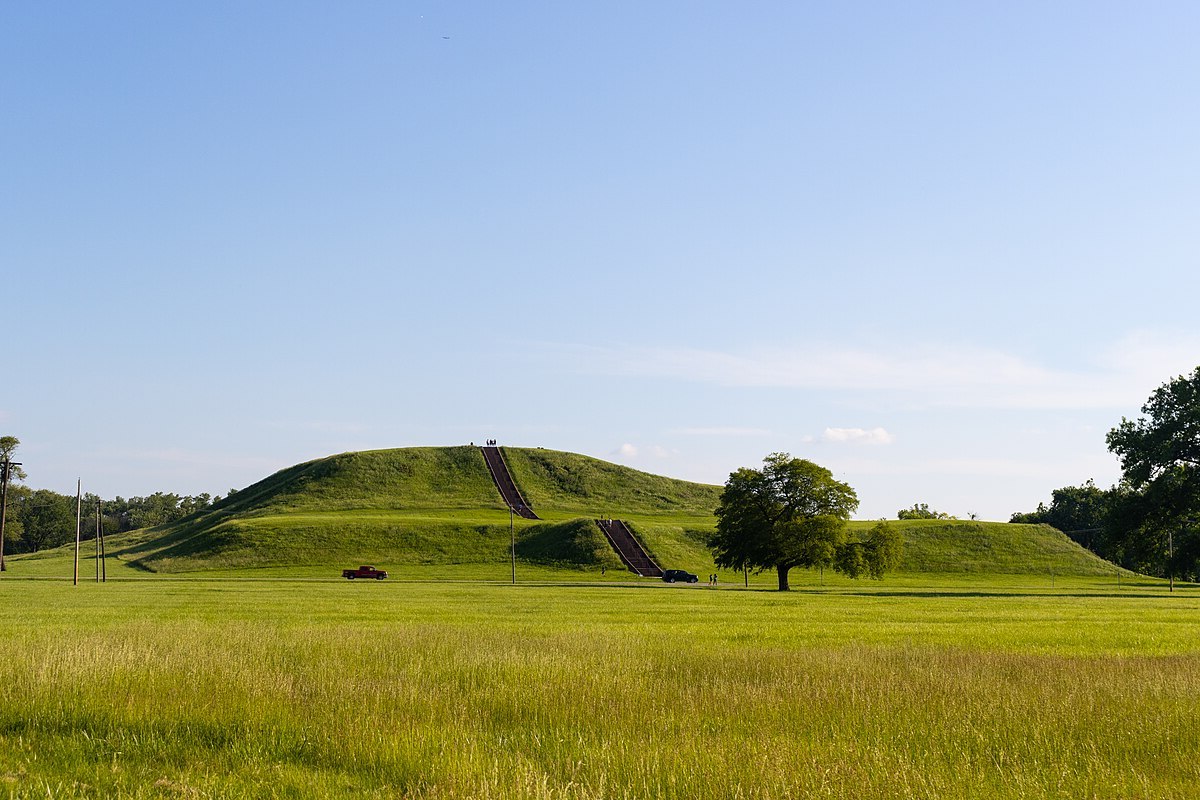Secrets Of The Hidden Cahokia Mounds

Ever wondered about the Cahokia Mounds? These ancient earthworks, located in Illinois, hold mysteries from a civilization that thrived over a thousand years ago. Imagine a bustling city with grand plazas, towering mounds, and a population larger than London at the time. The Cahokia Mounds were the center of this vibrant culture, known as the Mississippians. They built over 120 mounds, each serving unique purposes like ceremonies, burials, and elite residences. Visiting the Cahokia Mounds today offers a glimpse into the ingenuity and complexity of these early inhabitants. Ready to uncover the secrets of this ancient metropolis? Let's dive in!
Discovering the Ancient Cahokia Mounds
The Cahokia Mounds are a mysterious and fascinating site located near Collinsville, Illinois. These ancient mounds were built by the Mississippian culture over a thousand years ago. They offer a unique glimpse into the lives of the people who once thrived in this region. Let's explore some of the most intriguing spots within this historic site.
Monks Mound: The Largest Earthwork
Monks Mound stands as the largest prehistoric earthwork in the Americas. This massive structure is a testament to the engineering skills of the Mississippians.
- Monks Mound: Rising over 100 feet, Monks Mound covers 14 acres and consists of four terraces. Climbing to the top provides a panoramic view of the surrounding area, giving a sense of the mound's grandeur.
The Grand Plaza: A Hub of Activity
The Grand Plaza served as the central gathering place for the Cahokia community. This vast open space was likely used for ceremonies, markets, and social gatherings.
- The Grand Plaza: Spanning 40 acres, the Grand Plaza is surrounded by several mounds and was the heart of Cahokia's social and political life. Imagine the bustling activity that once filled this space.
Woodhenge: An Ancient Calendar
Woodhenge is a circle of wooden posts that functioned as a solar calendar. This structure highlights the astronomical knowledge of the Cahokians.
- Woodhenge: Consisting of a series of large wooden posts arranged in a circle, Woodhenge was used to mark the solstices and equinoxes. Visiting this site offers insight into the sophisticated understanding of astronomy by the Cahokians.
Mound 72: A Burial Site with a Story
Mound 72 is one of the most significant burial mounds at Cahokia. It reveals much about the social hierarchy and rituals of the Mississippian people.
- Mound 72: Excavations of Mound 72 uncovered the remains of a high-status individual, along with numerous grave goods and sacrificial victims. This mound provides a glimpse into the complex social and religious practices of Cahokia.
The Interpretive Center: Bringing History to Life
The Cahokia Mounds Museum and Interpretive Center offers exhibits and displays that bring the history of this ancient city to life.
- Interpretive Center: Featuring artifacts, dioramas, and interactive displays, the Interpretive Center helps visitors understand the significance of the Cahokia Mounds. It's a must-visit for anyone interested in learning more about this ancient civilization.
The Stockade: A Defensive Structure
The Stockade was a wooden palisade that surrounded the central part of Cahokia. It served as a defensive barrier and a symbol of the city's importance.
- The Stockade: Stretching nearly two miles, the Stockade was constructed from thousands of logs. Walking along its reconstructed sections gives a sense of the scale and effort involved in protecting Cahokia.
The Rattlesnake Causeway: A Pathway with Purpose
The Rattlesnake Causeway connected different parts of the Cahokia site. This elevated pathway had both practical and ceremonial uses.
- Rattlesnake Causeway: Extending over a mile, the Rattlesnake Causeway linked Monks Mound to other important areas. Its construction reflects the planning and organization of the Cahokian society.
The Borrow Pits: Sources of Earth
The Borrow Pits were the sources of the earth used to build the mounds. These pits are a reminder of the labor and resources required to create Cahokia.
- Borrow Pits: Scattered around the site, the Borrow Pits provided the material for constructing the mounds. Visiting these pits helps appreciate the immense effort involved in building Cahokia.
Discovering Cahokia's Rich History
Cahokia Mounds offers a fascinating glimpse into ancient Native American life. This historical site, located near St. Louis, Missouri, features over 80 mounds built by the Mississippian culture. Exploring these mounds, visitors can learn about the complex society that thrived here from 700 to 1400 AD. The largest mound, Monks Mound, stands as a testament to their architectural skills.
The site's museum provides artifacts and exhibits that tell the story of Cahokia's people, their trade networks, and their daily lives. Walking through the grounds, you can almost feel the presence of the past. Cahokia Mounds is not just a collection of earthworks; it's a window into a vibrant, ancient civilization. Visiting this UNESCO World Heritage site is a must for anyone interested in history, archaeology, or Native American culture.

